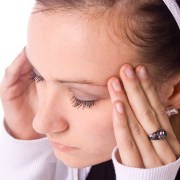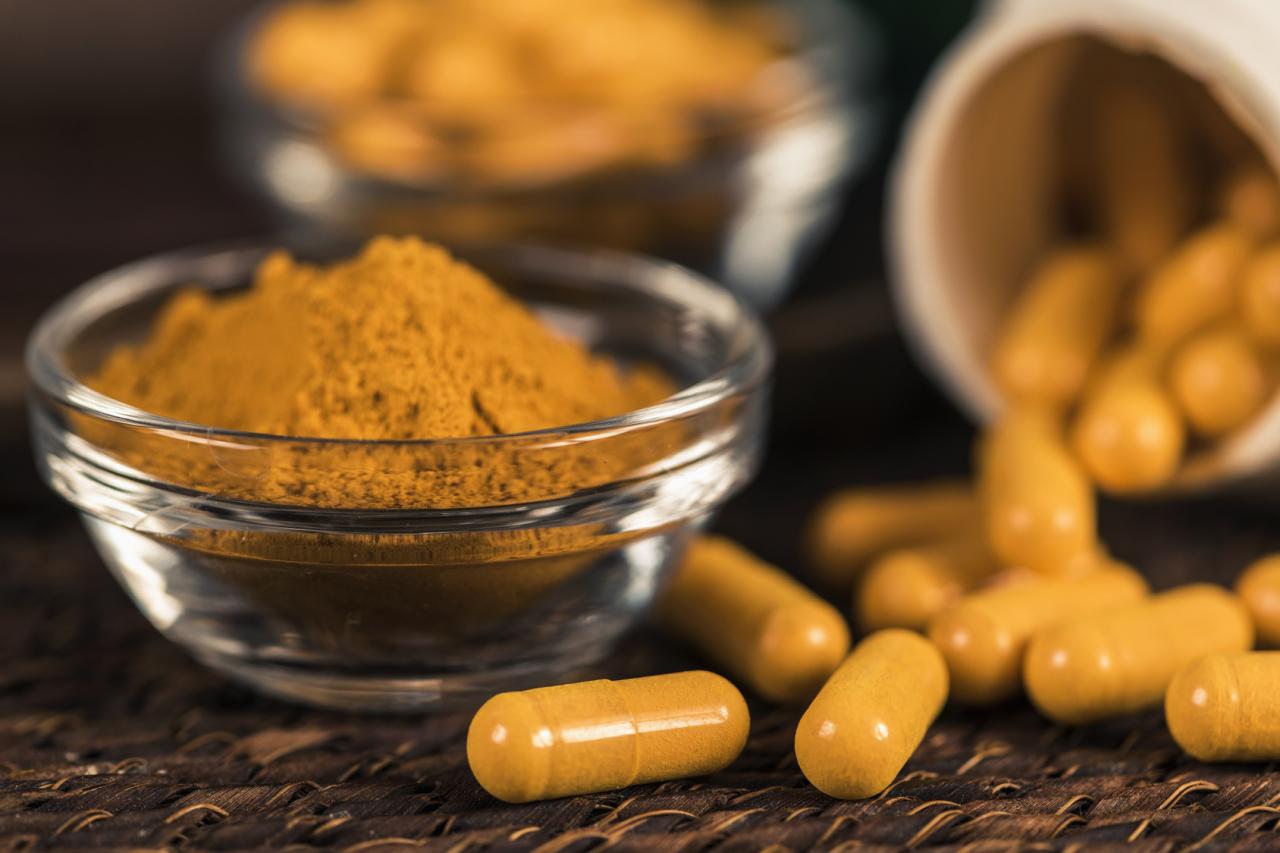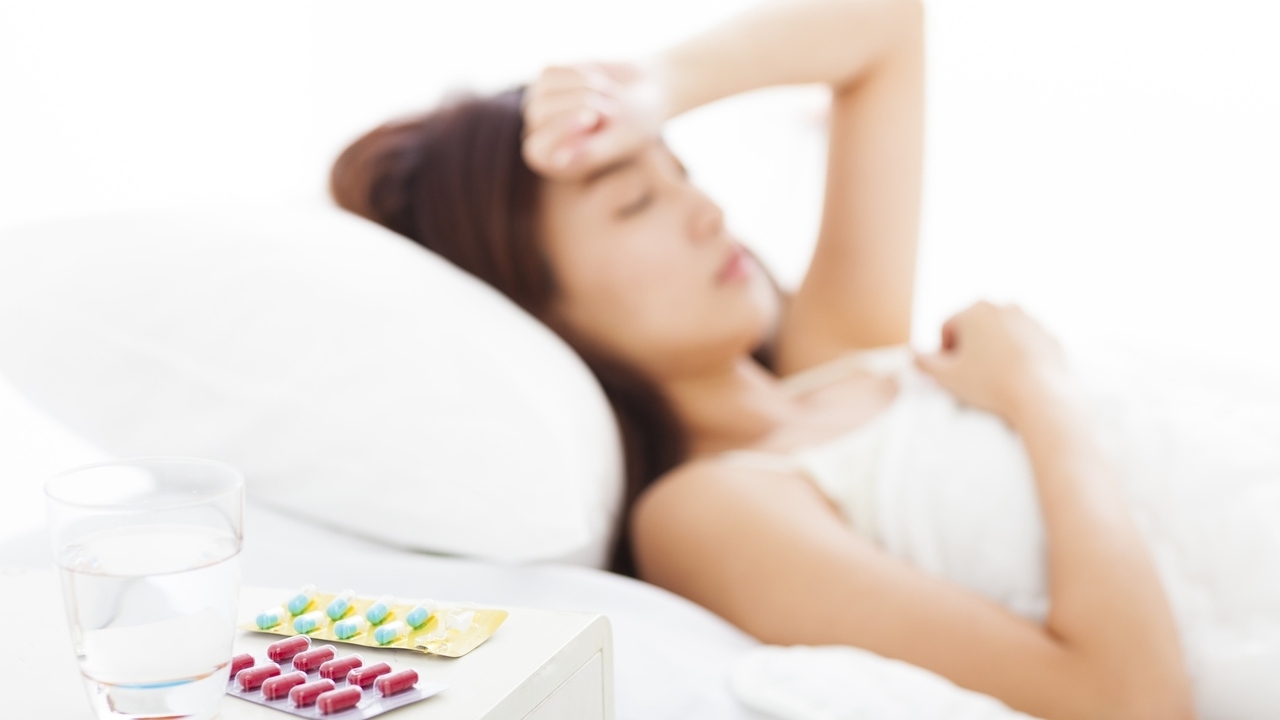 Photo: Getty Images
Photo: Getty Images
Although migraines are vaguely mentioned as an extreme medical condition, they can be painful and debilitating for many women.
According to the National Headache Foundation, about 30 million Americans suffer from migraines. Most sufferers are between the ages of 15 and 55, and the majority of sufferers are women.
Many of us have had painful headaches before, but how can we tell if we’re experiencing a simple headache or a migraine?
As any migraine sufferer will tell you, headaches are a walk in the park when compared to the pain and agony felt from a migraine.
Other than that, migraines are oftentimes (but not always) on one side of the head. Unlike headaches, migraines can be accompanied by pulsing and throbbing, nausea, vomiting, dizziness, and sensitivity to light and noise.
Although most migraine sufferers have family members who also suffer from migraines, there are external triggers as well. Top triggers include weather changes, missing a meal, stress, alcohol, caffeine, food, and hormonal changes that can occur during menstruation.
If you’re having migraines or headaches, try pinpointing possible triggers by keeping a headache journal. Include when the pain began, any activities you were doing, and food or drink consumed in the past 24 hours.
If you are unable to pinpoint the cause of pain, you should seek professional medical attention.
However, some migraine sufferers turn to their doctor for answers to find expensive prescription drugs which some insurance companies don't cover.
Unfortunately, prescription treatment options like anti-convulsants and anti-depressants also have unwanted side effects. The most effective way to treat a migraine is to prevent it before it begins by figuring out what triggers them.
Other alternative treatment options include:
Acupressure: The Chinese technique of acupressure can be used alleviate painful migraines. This tutorial helps explain how.
Feverfew: An herbal supplement believed to relieve pain.
Magnesium: According to altmedicine.about.com, “In one study, oral magnesium (600 mg per day) or a placebo were given to 81 people with migraines. After nine weeks, the frequency of migraines was reduced by 41.6 percent in the group taking magnesium, compared to 15.8 percent in the group taking the placebo.”
Regular exercise: Daily exercise can improve quality of sleep and reduce frequency as well as severity of a migraine.
Limit stressors: Practice meditation or other relaxation techniques to help reduce stress.
Sherry Torkos, holistic pharmacist, author, and fitness instructor, suggests taking LipiGesic M, an inexpensive alternative to prescription drugs that is available as an easy-to-dissolve gel of ginger and feverfew to battle migraine pain.
Remember, it is important to talk to your doctor before trying any new supplement!
Migraine fact sheet | womenshealth.gov . (n.d.). womenshealth.gov . Retrieved January 20, 2012, from
http://www.womenshealth.gov/publications/our-publications/fact-sheet/migraine.cfm
Stöppler, M. (n.d.). Migraine Headache. MedicineNet. Retrieved January 20, 2012, from
http://www.medicinenet.com/migraine_headache/page6.htm
What's the Diff: Migraines vs. Headaches. (1928, September 8).
Fitness, Health & Well-Being | FitSugar. Retrieved January 20, 2012, from http://www.fitsugar.com/Whats-Diff-Migraines-vs-Headaches-2031439
Wong, C. (2007, February 24). Natural Remedies for Migraine Relief. Alternative Medicine - Everything You Need to Know About Alternative Medicine. Retrieved January 20, 2012, from http://altmedicine.about.com/cs/headachemigraine/a/Migraine.htm
Email interview with Sherry Torkos, January 24, 2012
Reviewed January 25, 2012
by Michele Blacksberg RN
Edited by Jody Smith






Add a Comment1 Comments
This is an excellent article. What was not mentioned here, but was mentioned on another article on your site is Chiropractic for Migraine. https://www.empowher.com/migraine/content/chiropractic-treatment-migraine.
Modern chiropractic care works on the principle of stress distribution. If your neck feels tight and stiff, and particularly the base of your skull where your neck meets, it's very likely that chiropractic can help.
Regardless of what the naysayers will say about chiropractic. From my own experience with headaches, as well as the experience I see with patients daily is this...(in layman's terms), "it feels stiff, you get adjusted, many times you get a "pop" (but there are other ways) and then the headaches go away. Sometimes the relief is instant, and sometimes, it slowly subsides. The effect is sometimes temporary and sometimes permanent."
The other article mentioned above on your site has some negative comments that are essentially irrelevant. The bottom line is does it work? The answer for myself and most of my patients including the author of the other article (but, honestly, not all, because the cause may not be biomechanical) is a resounding YES! If you've never tried chiropractic, it may be worth a try. I cannot stress highly enough that not all chiropractors are the same, and one may work better for you than another. I have more info on my website http://www.drtchiro.com
January 26, 2012 - 3:29pmThis Comment